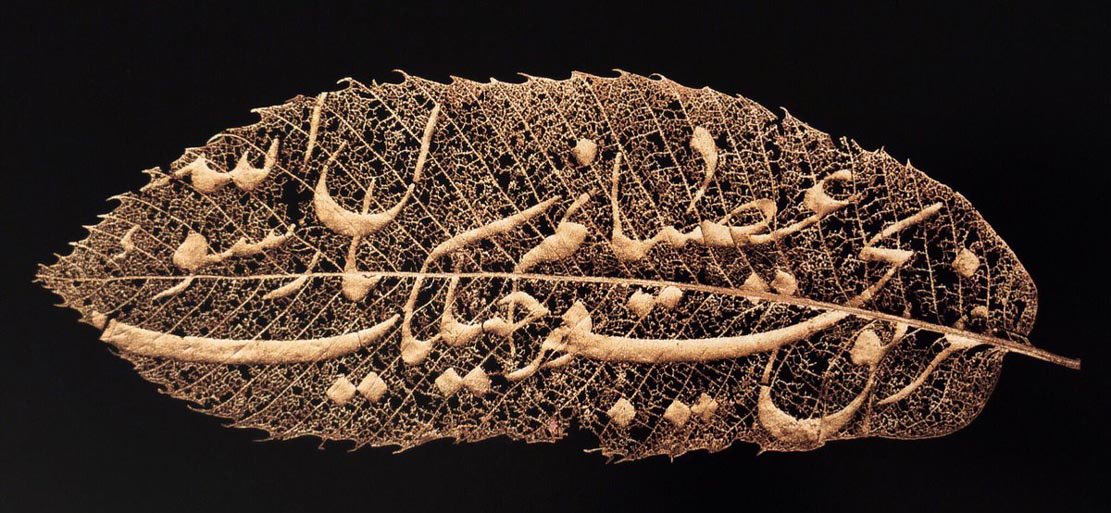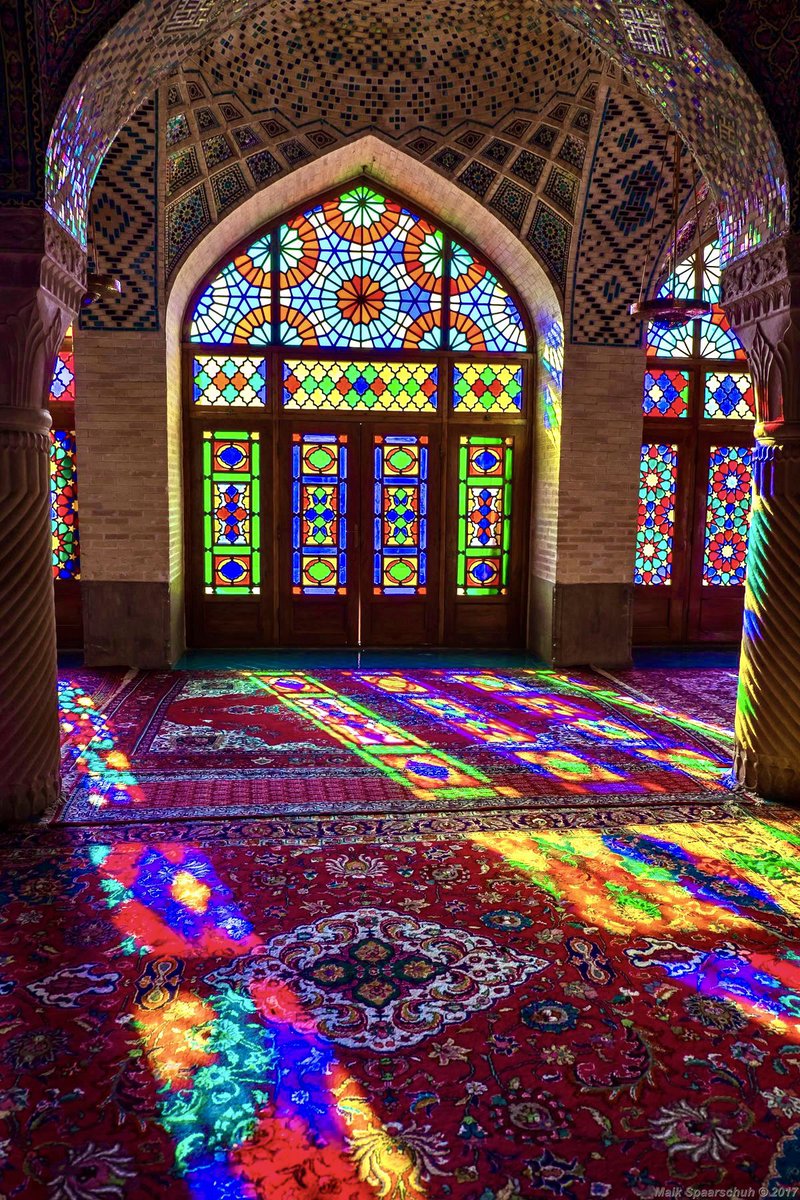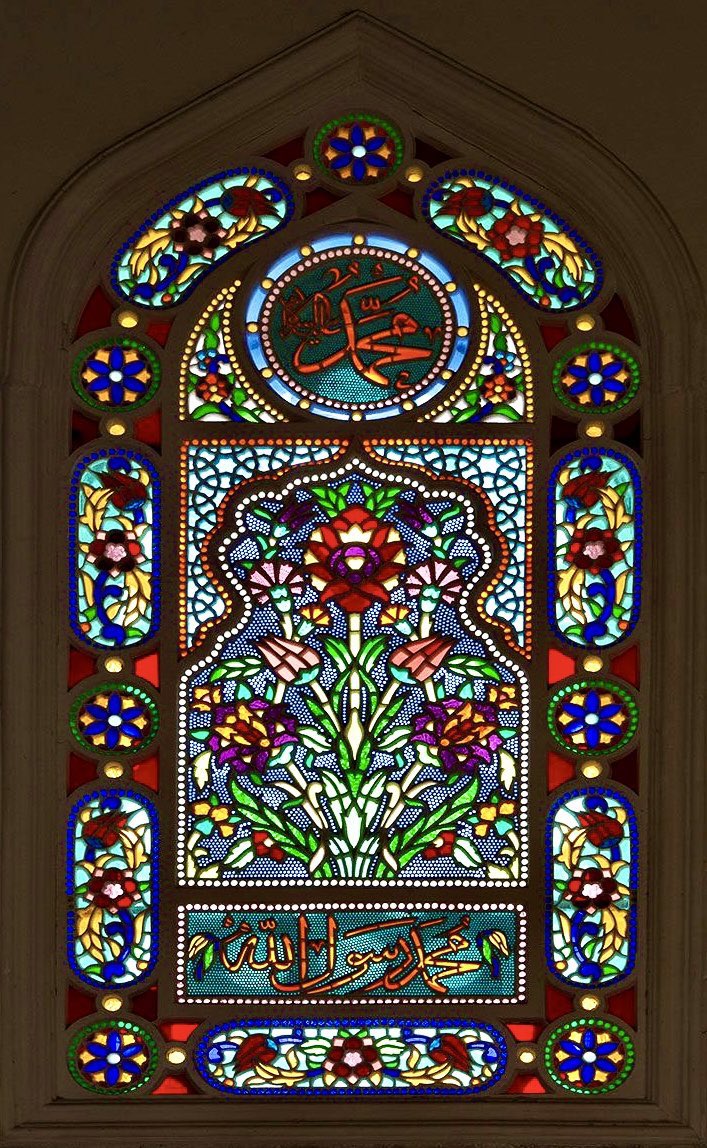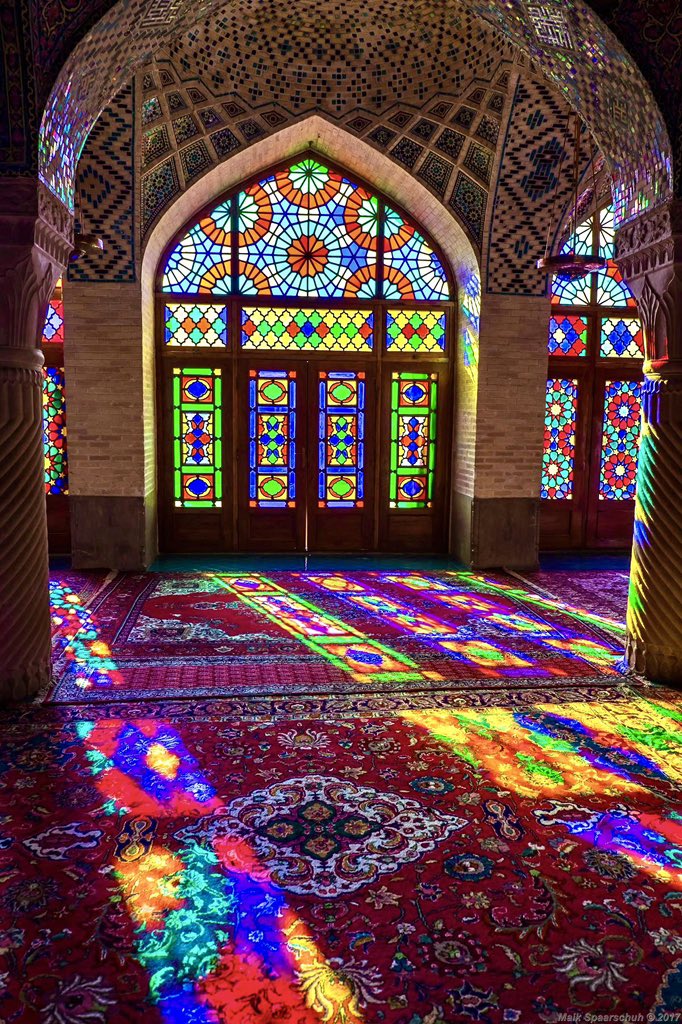The art of calligraphy on a dried leaf, was practised widely in Ottoman Turkey. This was difficult & delicate work. The leaf was dried, & the tissue removed to leave the skeletal membrane, with gold ink applied over it.
For Ramadan, here are 20 exquisite examples…
A thread…
For Ramadan, here are 20 exquisite examples…
A thread…

1/ Calligraphy Leaf
Ottoman Turkey
19th century
Golden calligraphy on a tree leaf from the Ottoman Era
Many featured verses written from the Qu’ran, Hadith prayers and poetry.
#Ramadan
Ottoman Turkey
19th century
Golden calligraphy on a tree leaf from the Ottoman Era
Many featured verses written from the Qu’ran, Hadith prayers and poetry.
#Ramadan

2/ Calligraphy Leaf
Ottoman Turkey
19th century
Chestnut leaf inscribed with a Qur’anic verse from Surat al-Isra’ (“The Night Journey,” Q17:80), which reads: “And say, ‘Lord grant me a good entrance and a goodly exit, and sustain me with Your power.”
@AgaKhanMuseum #Ramadan
Ottoman Turkey
19th century
Chestnut leaf inscribed with a Qur’anic verse from Surat al-Isra’ (“The Night Journey,” Q17:80), which reads: “And say, ‘Lord grant me a good entrance and a goodly exit, and sustain me with Your power.”
@AgaKhanMuseum #Ramadan

3/ Calligraphy Leaf
Ottoman Turkey
19th century
Arabic composition in gold on a natural leaf, the text comprising the Shahadah in intertwining thuluth script
#Ramadan
Ottoman Turkey
19th century
Arabic composition in gold on a natural leaf, the text comprising the Shahadah in intertwining thuluth script
#Ramadan

4/ Calligraphy Leaf
Ottoman Turkey
19th century
Arabic composition applied on to a natural leaf in gold, the text in the form of a lion incorporating verses praising the Imam 'Ali by al-Sherif al-Murtaza
#Ramadan
Ottoman Turkey
19th century
Arabic composition applied on to a natural leaf in gold, the text in the form of a lion incorporating verses praising the Imam 'Ali by al-Sherif al-Murtaza
#Ramadan

5/ Calligraphy Leaf
Ottoman Turkey
19th century
To apply the calligraphy the stencil of the composition is placed behind the leaf and the gold ink with gum Arabic is applied.
@MIAQatar #Ramadan
Ottoman Turkey
19th century
To apply the calligraphy the stencil of the composition is placed behind the leaf and the gold ink with gum Arabic is applied.
@MIAQatar #Ramadan

6/ Calligraphy Leaf
Ottoman Turkey
19th century
In the form of a stork, the text comprising a Sufi verse, signed Abd al-Ghani and with date AH 1311/AD 1893
#Ramadan
Ottoman Turkey
19th century
In the form of a stork, the text comprising a Sufi verse, signed Abd al-Ghani and with date AH 1311/AD 1893
#Ramadan

7/ Calligraphy Leaf
Ottoman Turkey
19th century
The Bismallah in gold thuluth in a circular form
#Ramadan
Ottoman Turkey
19th century
The Bismallah in gold thuluth in a circular form
#Ramadan

8/ Calligraphy Leaf
Ottoman Turkey
19th century
Arabic composition applied onto a natural leaf in gold, the text incorporating the Bismallah and invocations to God and the Prophet Muhammad (PBUH) within a stylised Sufi cap
#Ramadan
Ottoman Turkey
19th century
Arabic composition applied onto a natural leaf in gold, the text incorporating the Bismallah and invocations to God and the Prophet Muhammad (PBUH) within a stylised Sufi cap
#Ramadan

9/ Calligraphy Leaf
Ottoman Turkey
19th century
Arabic composition applied onto a natural leaf in gold, the text incorporating the words Allah, Angels, the Prophets, the Day of Judgment in the form of a sailing boat with seven oars, one for each of the Seven Sleepers
#Ramadan
Ottoman Turkey
19th century
Arabic composition applied onto a natural leaf in gold, the text incorporating the words Allah, Angels, the Prophets, the Day of Judgment in the form of a sailing boat with seven oars, one for each of the Seven Sleepers
#Ramadan

10/ Calligraphy Leaf
Ottoman Turkey
19th century
The gilt and pierced leaf with applied calligraphic Quranic composition in thuluth script.
#Ramadan
Ottoman Turkey
19th century
The gilt and pierced leaf with applied calligraphic Quranic composition in thuluth script.
#Ramadan

11/ Calligraphy Leaf
Ottoman Turkey
19th century
A rare calligraphic composition in gold on a large natural leaf incorporating the hilyeh, the physical attributes of the Prophet Muhammad (PBUH) signed by Muhammad Helmi, a pupil of Mustafa Izzet Effendi
#Ramadan
Ottoman Turkey
19th century
A rare calligraphic composition in gold on a large natural leaf incorporating the hilyeh, the physical attributes of the Prophet Muhammad (PBUH) signed by Muhammad Helmi, a pupil of Mustafa Izzet Effendi
#Ramadan

12/ Calligraphy Leaf
Ottoman Turkey
19th century
Arabic composition applied onto a natural leaf in gold.
#Ramadan
Ottoman Turkey
19th century
Arabic composition applied onto a natural leaf in gold.
#Ramadan

13/ Calligraphy Leaf
Ottoman Turkey
19th century
The gilt and pierced leaf with applied calligraphic Quranic composition in thuluth script
#Ramadan
Ottoman Turkey
19th century
The gilt and pierced leaf with applied calligraphic Quranic composition in thuluth script
#Ramadan

14/ Calligraphy Leaf
Ottoman Turkey
19th century
An Arabic calligraphic composition applied onto a natural leaf in the shape of a pear incorporating the Bismallah written in thuluth script
#Ramadan
Ottoman Turkey
19th century
An Arabic calligraphic composition applied onto a natural leaf in the shape of a pear incorporating the Bismallah written in thuluth script
#Ramadan

15/ Calligraphy Leaf
Ottoman Turkey
19th century
Arabic composition applied in the shape of a vase onto a natural leaf, the text from the Qur'an, surat al-Ahzab, chapter XXXIII, verse 23
#Ramadan
Ottoman Turkey
19th century
Arabic composition applied in the shape of a vase onto a natural leaf, the text from the Qur'an, surat al-Ahzab, chapter XXXIII, verse 23
#Ramadan

16/ Calligraphy Leaf
Ottoman Turkey
19th century
The gilt and pierced leaf with applied calligraphic Qur'anic composition in thuluth script
#Ramadan
Ottoman Turkey
19th century
The gilt and pierced leaf with applied calligraphic Qur'anic composition in thuluth script
#Ramadan

17/ Calligraphy Leaf
Ottoman Turkey
19th century
Text of the Bismallah (‘In the name of God, Most Gracious, Most Merciful’) is made to fit inside the natural shape of the leaf. The vertical strokes of the letters follow the line of the stem of the leaf
@KhaliliOnline #Ramadan
Ottoman Turkey
19th century
Text of the Bismallah (‘In the name of God, Most Gracious, Most Merciful’) is made to fit inside the natural shape of the leaf. The vertical strokes of the letters follow the line of the stem of the leaf
@KhaliliOnline #Ramadan

18/ Calligraphy Leaf
Ottoman Turkey
19th century
Arabic composition gold calligraphy applied onto a natural tree leaf in gold.
#Ramadan
Ottoman Turkey
19th century
Arabic composition gold calligraphy applied onto a natural tree leaf in gold.
#Ramadan

19/ Calligraphy Leaf
Ottoman Turkey
19th century
Arabic composition applied onto a natural leaf in gold.
#Ramadan
Ottoman Turkey
19th century
Arabic composition applied onto a natural leaf in gold.
#Ramadan

20/ Calligraphy Leaf
Ottoman Turkey
19th century
Arabic composition applied onto a natural leaf in gold. During this period, Ottoman calligraphers were interested in producing compositions which took various shapes.
#Ramadan
Ottoman Turkey
19th century
Arabic composition applied onto a natural leaf in gold. During this period, Ottoman calligraphers were interested in producing compositions which took various shapes.
#Ramadan

• • •
Missing some Tweet in this thread? You can try to
force a refresh






















